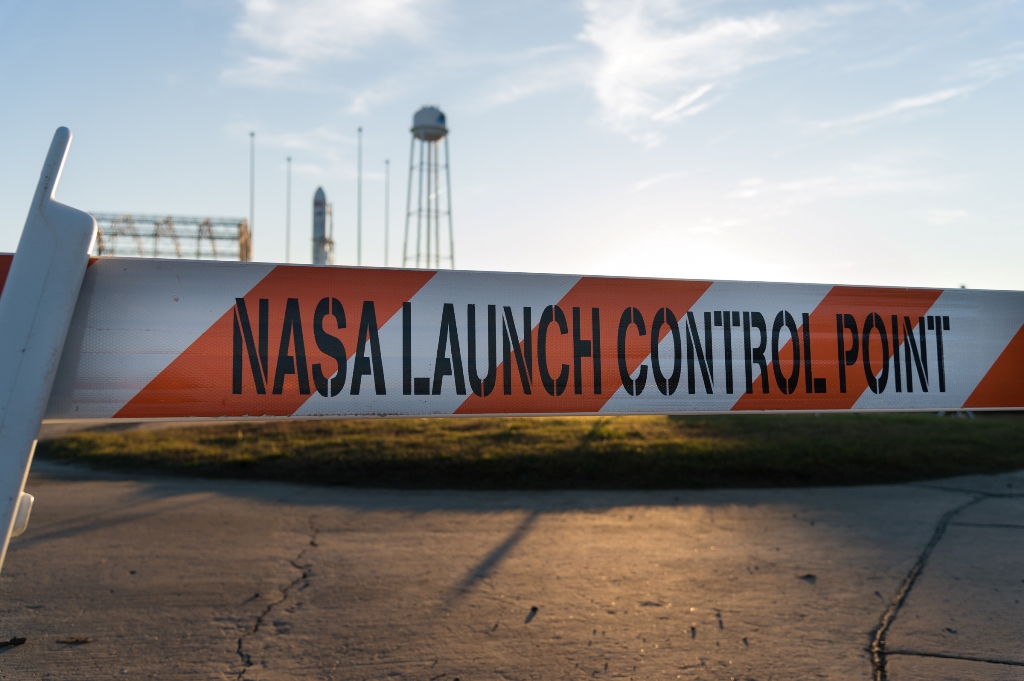NASA Cygnus OA-8 mission includes ‘space laser’ tests
This morning, at 7:19 AM EST, the Orbital ATK Antares rocket, carrying the Cygnus spacecraft, lifted off from NASA’s Wallops Flight Facility. The Cygnus OA-8 mission is a Commercial Re-Supply mission for the International Space Station (ISS).
Orbital ATK is an American aerospace manufacturer and defense industry company headquartered in Dulles, Virginia.
NASA’s Wallops Flight Facility located on Wallops Island, Virginia, just south of Ocean City, Maryland.
Trina Patterson, Sr. Manager of Communications for Orbital ATK’s Launch Vehicles Division said Sunday “it was a beautiful nominal flight of our Antares rocket carrying Cygnus into orbit”.

The Cygnus spacecraft is scheduled to rendezvous with the International Space Station on November 14, 2017 to deliver equipment, supplies and experiments to the astronauts on board.
In addition to the much needed supplies – including fresh fruit – the Cygnus space craft will be delivered to the ISS and will be used, for the first time, as an extension of the orbiting laboratory for an experiment involving microgravity research and development.
The significance of the space laser tests cannot be understated, as the science impacts both commercial and military applications.
According to NASA, “Traditional laser communication systems use transmitters that are far too large for small spacecraft. The Optical Communication Sensor Demonstration (OCSD) tests the functionality of laser-based communications using CubeSats that provide a compact version of the technology. Results from OCSD could lead to significantly enhanced communication speeds between space and Earth and a better understanding of laser communication between small satellites in low-Earth orbit.”
The Cygnus space craft is also being considered as one solution for expanding livable habitats in space with long term missions in mind.
Please enjoy the following photo essay of Orbital ATK’s Antares rocket launch by staff photographer Michael Jordan.

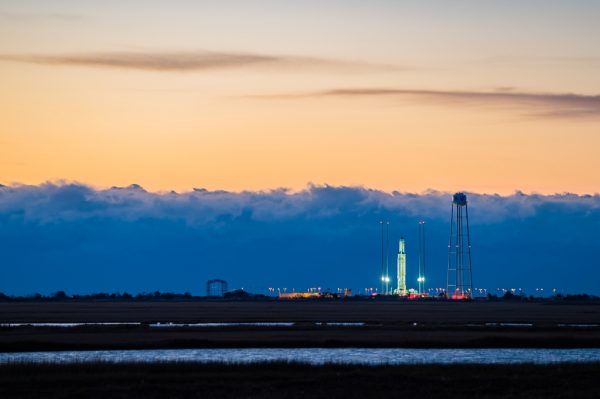
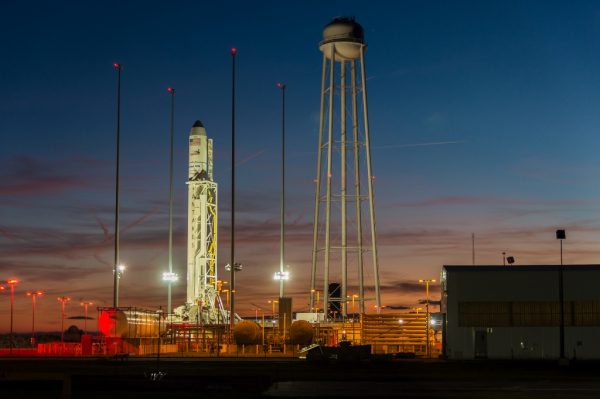

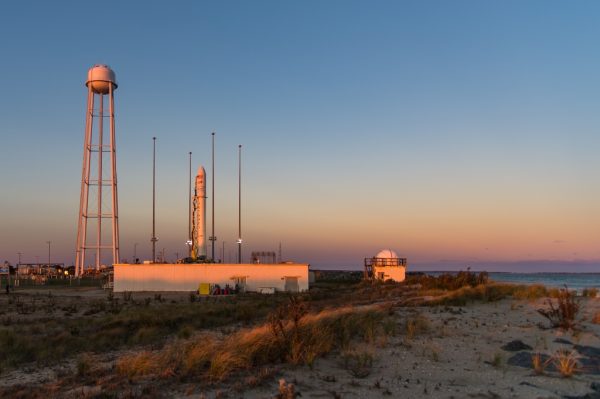



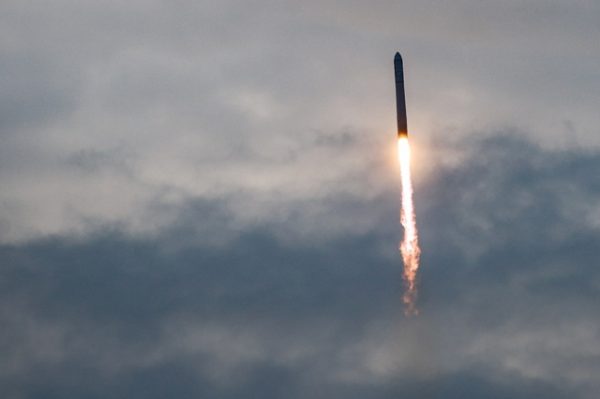
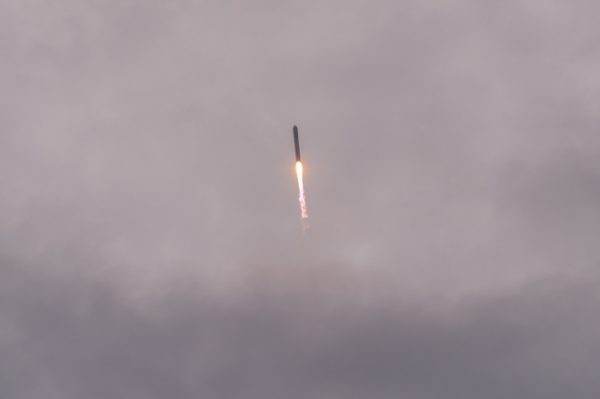


Baltimore Post-Examiner is run by a creative cadre of dedicated journalists – some who worked at the Washington Post, Baltimore Examiner and other regional and national publications. It’s the Post-Examiner because we love the play on the word “Post” but we are also hoping to answer that question: What’s next after newspapers? We see a lot of websites come and go – and many simply are not making it for various reasons. We have been a model of success since we launched in 2012 with “a little bit of everything” and we aim to continue to break that cycle of websites coming and going.

